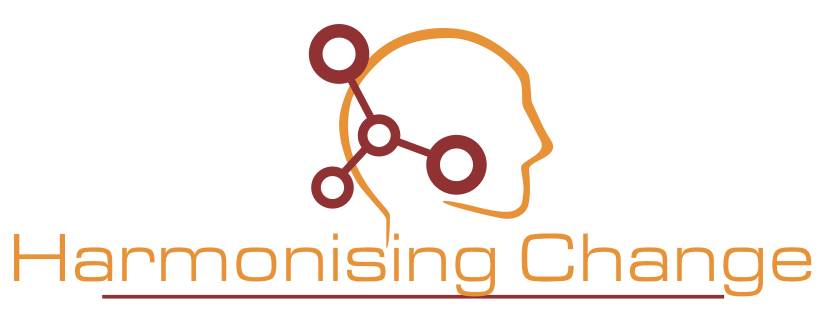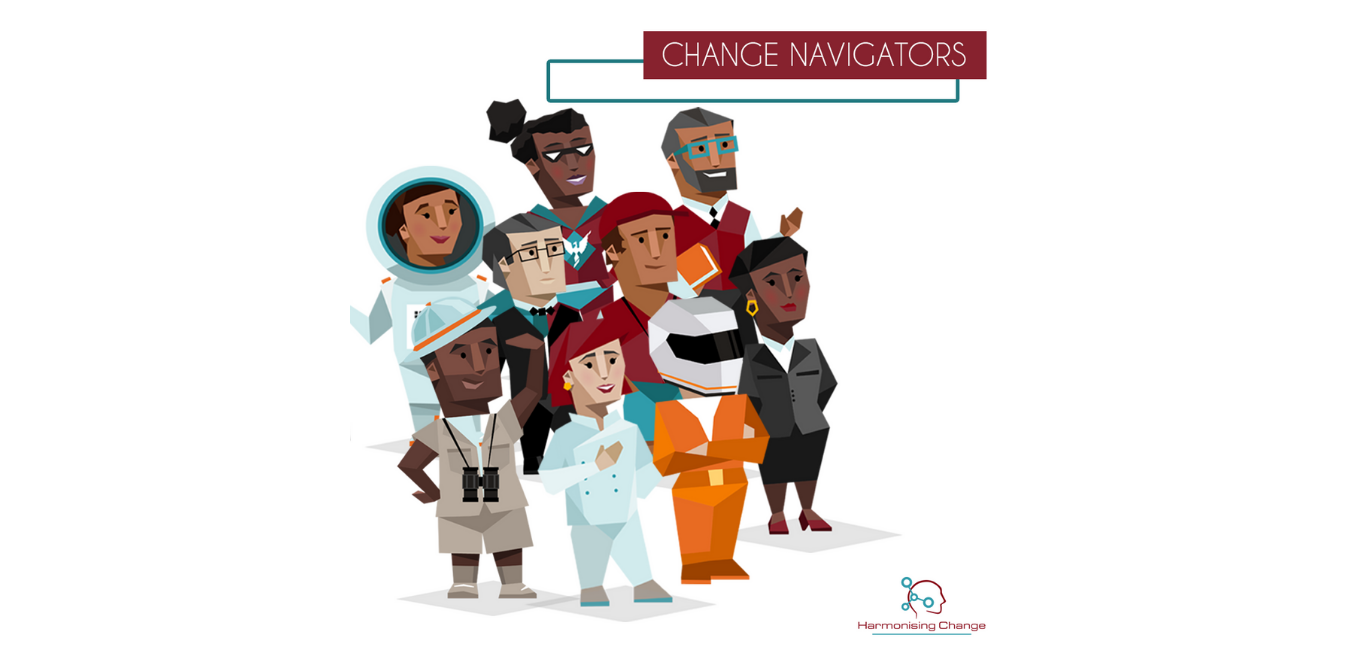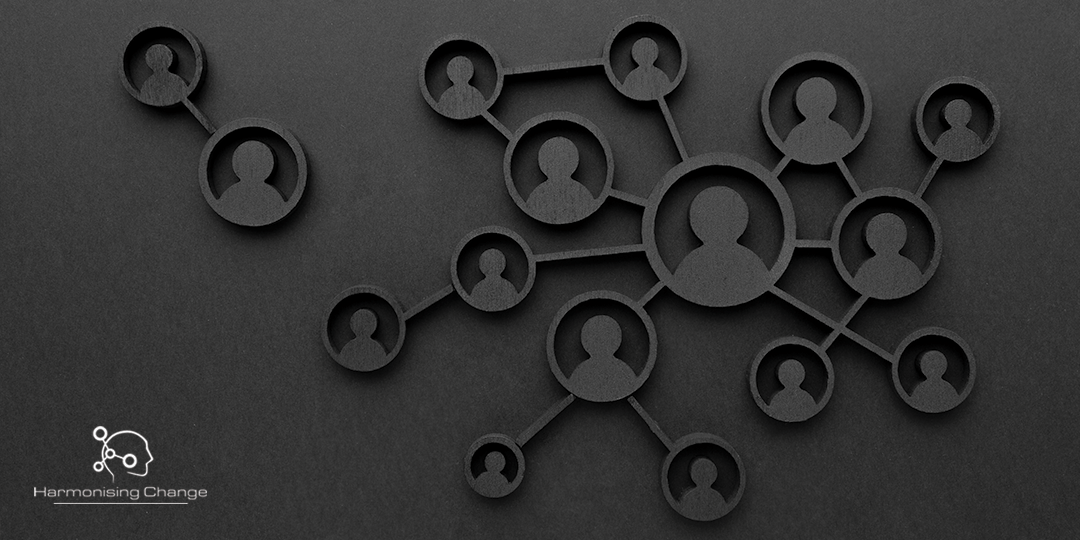
Traditional Change Management vs Change Agility
Change management is the new buzzword. No organisation could’ve been prepared for a global pandemic that shook the world. Covid 19 forced many organisations to adopt a hybrid workspace, meaning employees’ working hours are divided between the office and their homes. Many organisations closed their doors and began working from home exclusively. Businesses were presented with new challenges and were forced to change their approach to change management. But as Thomas Edison, one of the greatest innovators to ever live, said: “There’s a way to do it better – find it.” And we did.
In the article “Legacy Change Management Makes Way For Human-Centred Change Agility”, Josh Bersin writes that traditional change management methods are no longer relevant.
Traditional change management relies on getting employees on board with change initiatives by “selling” what is in it for them. Traditional change management is linear, a step-by-step approach with a beginning, middle, and end. This works brilliantly for certain types of organisational change, particularly those affecting a single department or process. But when major changes have to happen quickly, as experienced during the Covid 19 pandemic, this approach is not feasible.
Thanks to the research done by Bersin and his team we are now introduced to Change Agility. Companies and organisations are all experiencing continuous change and need new ways to manage it. Change agility is the organisations, employees, projects, and processes’ ability to change quickly as needed. And we have seen that this principle has been vital to surviving the unexpected changes caused by the pandemic.
But Change Agility has a very crucial element to it that makes it successful. Change agility needs to be human-centric for it to experience success. Human-centred change follows one principle: putting the person at the centre of everything that you do.
Robert Wood (Chief Digital Officer of one of the largest FMCG companies in Asia) once told a company he employed to help with change management that they need to show him that their change plan is different and tailor-made for his people. This means that the process of change will need to be more intentional. Companies looking to succeed in change agility should start by finding change opportunities in every interaction. Every meeting, communication, and team collaboration builds the change adaptability muscle, and employees need to be brought along on the journey.
Companies that succeed will be those who inspire people with shared purpose while recognizing unique contributions. And companies will do well to embrace well-being for their people—intentionally creating a holistic work experience that nourishes employees and achieves great results.
A new era of change management has arrived; one that puts people, not processes, at the centre, prioritises purpose over procedures and unleashes the creativity of each employee to make change happen. Leaders need to do much more than simply communicate the change they want to see—they need to live it. And this has been our approach at Harmonising Change from the start. Humanised change is the heart of our company!
Contact Harmonising Change here.



